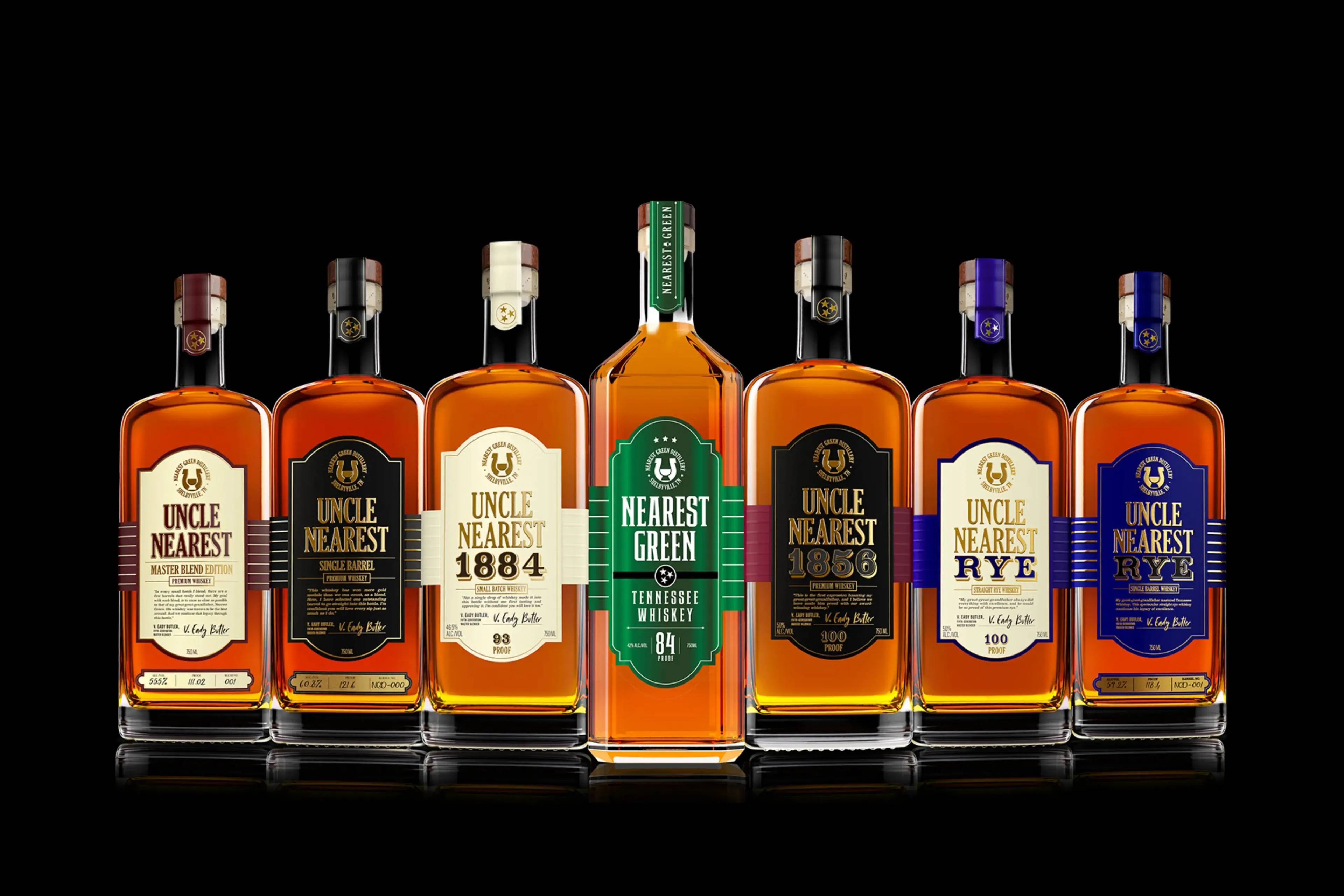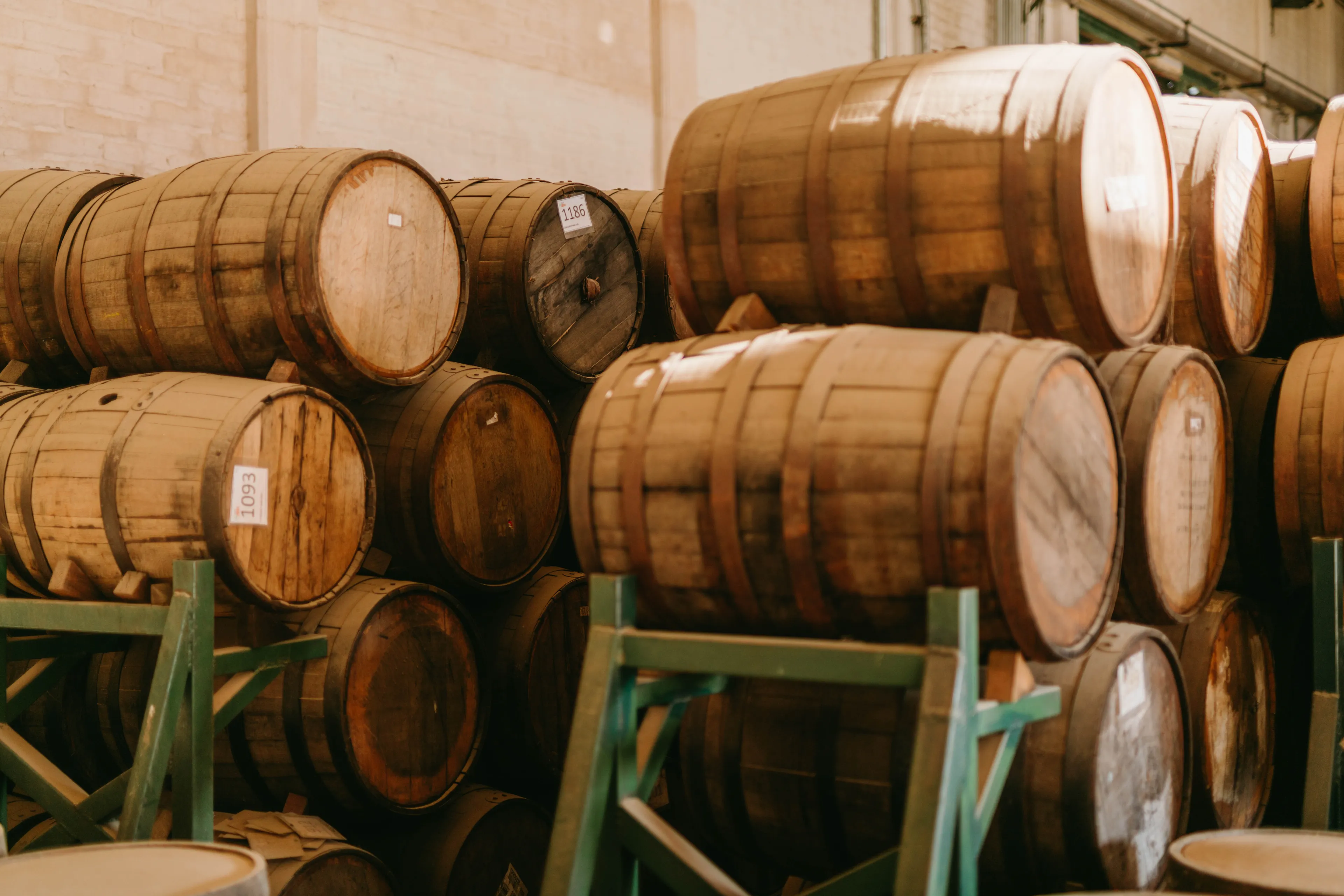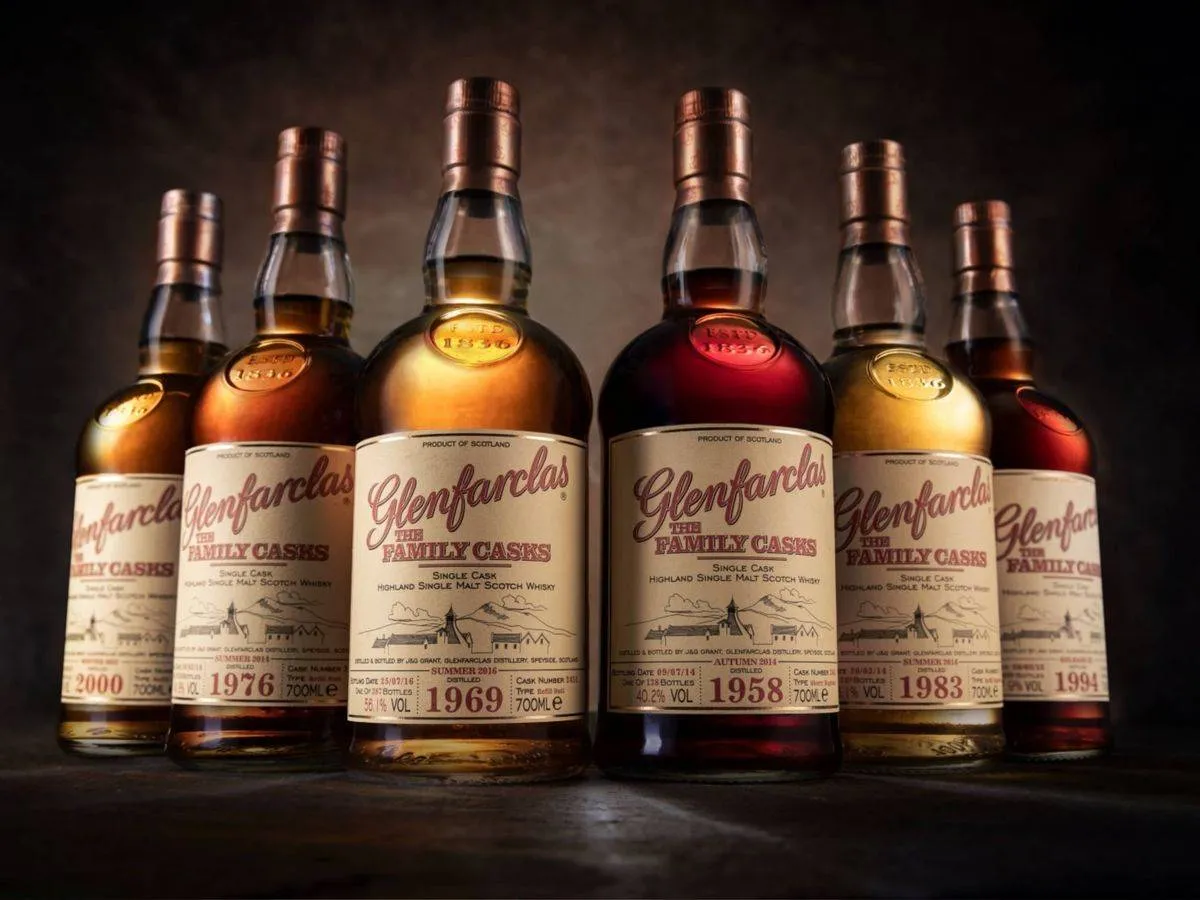Did You Know Whisky Can't Just Be Called Whisky? (Part 2 of 2)
SectionsMonday, 18 August 2025 at 08:00
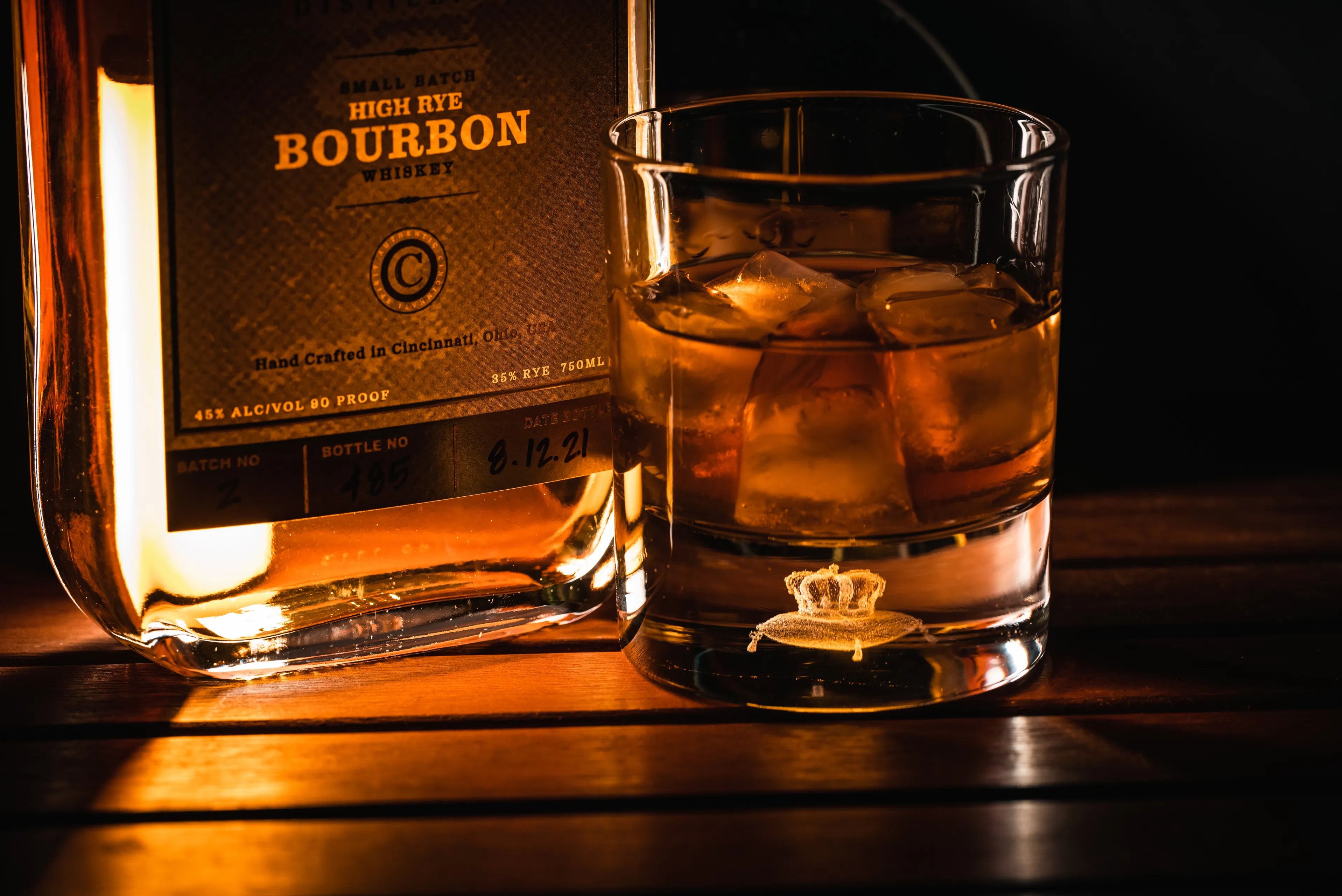
In the previous Did You Know? , we discussed the laws and regulations concerning whiskey in Scotland, Ireland, and Europe, but the rest of the world also produces whiskey in numerous forms and variations. Below are a few more important countries, along with their rules.
United States (US)
The United States is most famous for its bourbon when it comes to whiskey. Bourbon has long been looked down upon by 'real' whiskey connoisseurs, but thankfully that's slowly changing. And just as well, because there are some really fine bourbons available.
A bourbon must meet the below criteria before it can be called a bourbon:
- It must be made in the US
- The drink must be made from at least 51% corn. Other grains may also be included, such as barley and rye
- Bourbon must have an alcohol percentage between 58% and 80% ABV during distillation
- It can be made with both distillation columns and stills
- It must contain at least 40% alcohol
- It must mature for at least 2 years, and if it matures for less than 4 years, it must be stated on the bottle
- Bourbon must mature in newly charred oak barrels
- These barrels can only be used once for bourbon, a fact that the Scotch whiskey industry isn't bothered by.
- Bourbon may not be colored, even with caramel E150
Read also
Japan
Japan is a country that has been producing whisky for a very long time, but its laws and regulations have, to put it mildly, been rather loose. Basically, as long as some aspect of whiskey was present in Japan and there had been some interaction with grain, it could be called Japanese whisky. On April 1, 2021, new regulations went into effect and by March 31, 2024, Japanese distilleries must comply with these rules.
What are the key points of these new regulations? Below are the discussed points:
Raw materials: These are limited to malted grains, other cereal grains, and water from Japan (nothing else can be imported). There must always use malted grains.
Production: This must be entirely conducted at a Japanese distillery. The alcohol content at the time of distillation must be less than 95%.
Aging: The distilled product must be poured into wooden barrels with a maximum capacity of 700 liters and then aged in Japan for a minimum of 3 years.
Bottling: Bottling can only be done in Japan, with an ABV of at least 40%.
Labels: Finally, the Japan Spirits & Liqueurs Makers Association states that whisky that does not meet these requirements may not have labels containing “names suggestive of Japan”, names of Japanese cities, regions and famous places, but also mountains and rivers, Japanese flag or Japanese era, and labels that make it appear as if the whisky meets the aforementioned requirements”.
India
A country where a lot of whisky is produced, but there's essentially no regulation established. Whisky is often made from products like molasses (a byproduct of the sugar industry) and nothing is said about alcohol percentages, aging, and such. Major distilleries, like Amrut for instance, follow Scottish guidelines.
With this list, you have got the main whisky producing countries and regions covered. Whisky is of course also made in other corners of the world, but the volume nowhere near matches these aforementioned countries. Things could be very different in a few years because whisky is fiercely popular!
Read also
loading
POPULAR NEWS
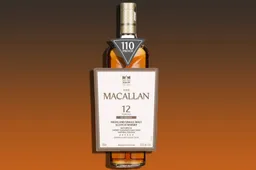
The Macallan Releases a Whisky Bottled at a Remarkably High ABV
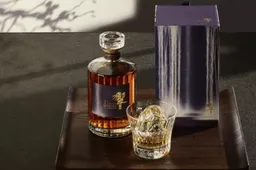
Black Friday 2025 Whiskies at The Whisky Exchange: Don't Miss These Deals
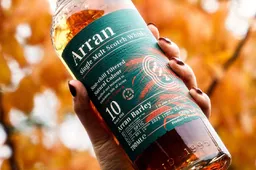
Arran Launches a New Whisky Series with an Exceptionally Fruity Single Malt
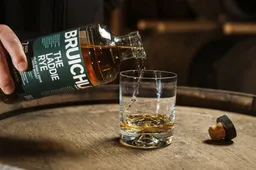
Bruichladdich debuts a new rye whisky, but you won’t find it everywhere
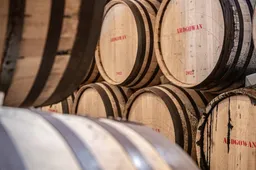
Is Whisky Still a Smart Move in 2025? 5 Reasons It Still Makes Sense
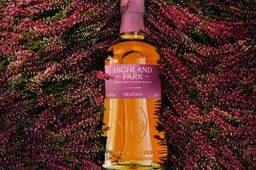
Highland Park's Latest Whisky is Both Floral and Formidable
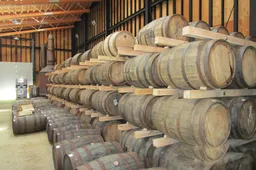
Update - Is This The Definitive End for Hooghoudt? Nearly 600 Barrels Head to Auction

The Hearach Whisky Gets a Stylish Twist, Courtesy of Sunspel
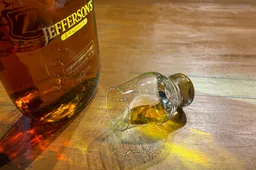
Jefferson's Bourbon Teams Up with Actor Taylor Kitsch
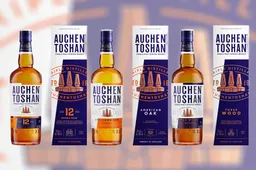
This Lowland Distillery gets a make-over for all it's whisky's
LATEST COMMENTS
- Hi Yvonne, Thank you for your response and for sharing the video. Unfortunately, the evidence you referred to consists only of two people talking about the whisky, without any explanation or identification. We have not spoken to the individuals in the video ourselves, nor can we verify who they are. We describe it as a Chinese whisky because it is released by a Chinese distillery. As you mentioned, the distillery has chosen to label the product as “pure malt” instead of “Chinese whisky.” Based on that, we do not believe they are doing anything illegal.M0nkey16-11-2025
- So - you have the proof......where's your write up?Yvonne16-11-2025
- You are absolutely right. Luckily that doesn't matter for the taste of the whisky. Have you tried it yet?M0nkey05-11-2025
- Guess what? Finland is not part of Scandinavia.Gray105-11-2025
- Throw in the towel? You mean restructure to compete and win in a challenging industry environment.WestwardFounder21-10-2025
- There is nothing legally to prevent the English whisky GI from coming into force, it complies with all the relevant laws and the single malt definition follows the precedent of Welsh whisky and US whiskyChefBear15-10-2025
- Three emails sent (two with videos, linked to a Google Drive Share). 1. The original video. 2. The video with subtitles as it was shared on YouTube 3. Screen grab of the YouTube channel where the video was blocked due to Pernod Ricard lobbying. The story was covered on Drinks Intel at the time - link here - https://drinks-intel.com/subscriber-news/pernod-ricards-the-chuan-pure-malt-whisky-not-sourced-solely-from-china-global-drinks-intel-exclusive/Yvonne10-10-2025
- Hi Yvonne, Thank you for your interesting comment. Could you share your copy with us, so we can adjust our item accordingly? Mail us at [email protected]. Thank you in advance.M0nkey09-10-2025
- Let's keep this factually correct. Pernod Ricard DID NOT release a Chinese whisky. Their first output from The Chuan (the name of the distillery in Sichuan, China) wasn't fit for bottling. What they actually bottled was imported Scotch whisky. This is why the product is called "PURE MALT" and not "Chinese Whisky" - because Pure Malt is not a regulated term - this is not a secret. This was exposed about a week after they released it. There were even videos about their own staff on site admitting it was made from imported whisky - which Pernod Ricard got the lawyers onto to get the video pulled. I've got a copy if you want it.Yvonne09-10-2025
Loading
